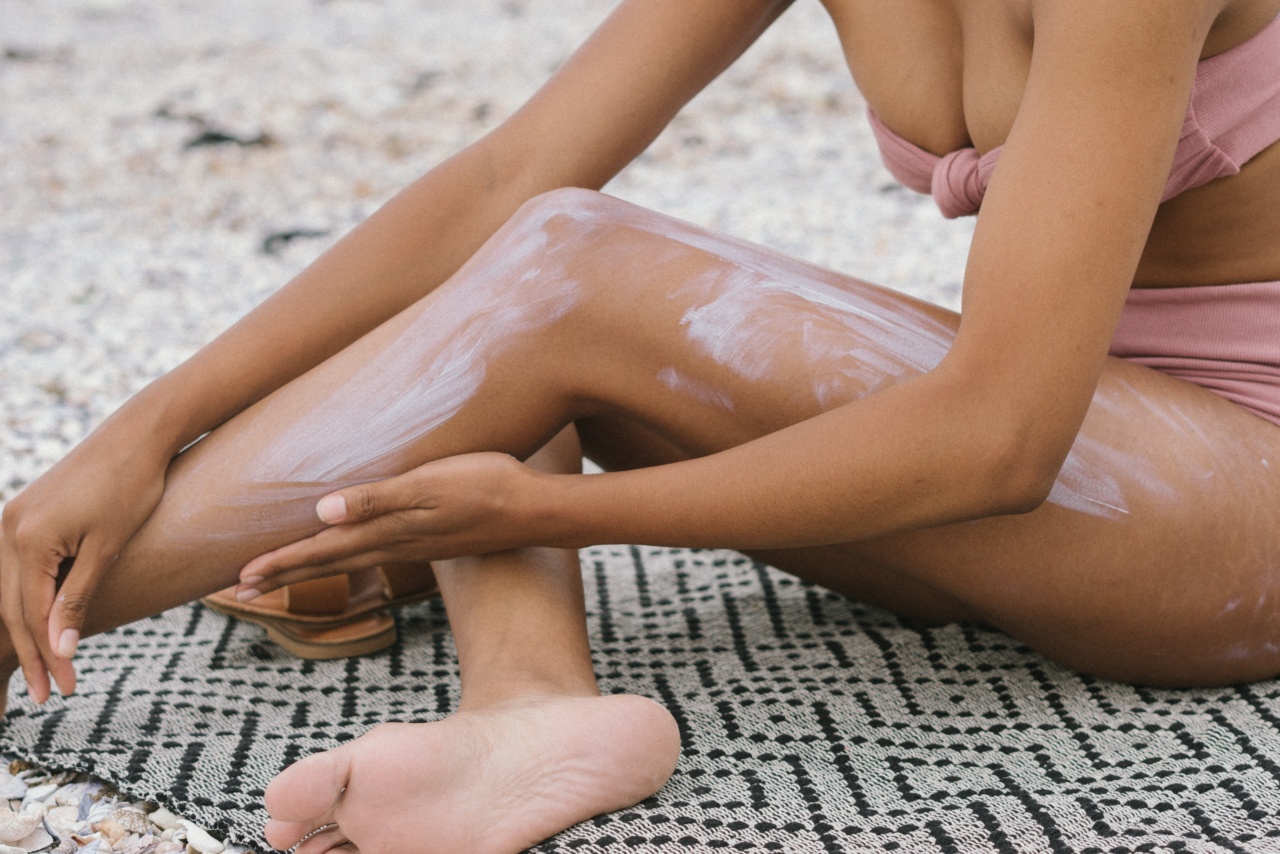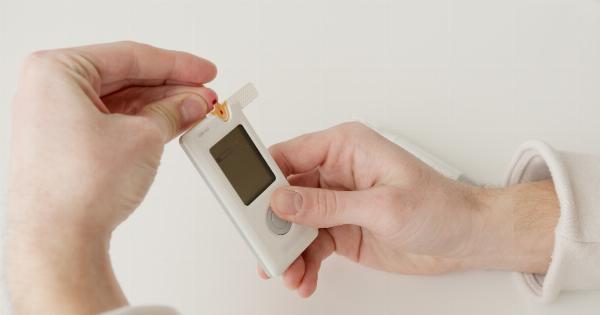Sunscreen is a vital part of sun protection, especially for infants. Applying sunscreen to infants can help protect their delicate skin from the sun’s harmful rays, and reduce the risk of skin damage, sunburns, and skin cancer.
Why Infants Need Sun Protection
Infants have delicate skin that is sensitive to the sun’s harmful rays.
Their skin is less developed, making it more susceptible to sunburn, and they have a higher surface-area-to-body-weight ratio, which can make them more prone to dehydration and overheating in the sun. Infants also have less melanin, which is a natural pigment that provides some protection against UV radiation from the sun.
Because of all these reasons, it’s essential to take extra care when exposing infants to the sun, especially during peak hours when the sun is strongest and UV rays are most intense.
According to the American Academy of Pediatrics, infants under six months should be kept out of direct sunlight entirely, and older infants should be kept in the shade as much as possible and covered up with protective clothing, hats, and sunglasses.
The Importance of Using Sunscreen on Infants
While keeping infants out of the sun is crucial, it’s not always possible, especially when going on outdoor adventures, vacations, or other activities.
That’s why using sunscreen on infants is critical in keeping their delicate skin safe from the sun’s harmful rays.
Choosing the right type of sunscreen is crucial when it comes to infants. Look for sunscreen that is labeled as “baby” or “children” and has an SPF of 30 or higher.
Sunscreen with physical blockers such as zinc oxide or titanium dioxide is also ideal for infants as it provides a physical barrier against UV rays.
When applying sunscreen to infants, it’s important to apply a generous amount of sunscreen at least 15 minutes before sun exposure. Reapply every two hours, or more frequently if the infant has been sweating or swimming.
It’s also essential to cover all skin areas, including the face, ears, and hands.
Risks of Not Using Sunscreen on Infants
The consequences of not using sunscreen on infants can be severe. Sunburns can cause pain, swelling, and redness, and in severe cases, blistering and peeling.
Repeated sunburns can increase the risk of skin damage, premature aging, and skin cancer later in life.
Infants who are exposed to the sun without adequate protection are also at risk of heat-related illnesses and dehydration. Overheating can cause fatigue, headaches, dizziness, and in severe cases, heatstroke.
Babies and young children are more susceptible to heat exhaustion and heatstroke as they struggle to regulate their body temperature efficiently.
Sun Protection Tips for Infants
Here are a few tips to ensure adequate sun protection for infants:.
- Keep infants under six months old out of direct sunlight altogether.
- Keep older infants in the shade as much as possible and cover them up with hats, protective clothing, and sunglasses.
- Apply a generous amount of sunscreen with at least an SPF of 30, labeled as “baby” or “children” friendly.
- Use physical blockers such as zinc oxide or titanium dioxide for optimal protection.
- Avoid going outside during peak hours when the sun’s rays are the strongest.
- Reapply sunscreen at least every two hours and after swimming or sweating.
- Keep infants hydrated by offering water or breastmilk frequently, especially in hot weather.
Conclusion
Sun protection is crucial when it comes to infants. By applying sunscreen correctly and keeping infants out of direct sunlight, parents and guardians can help reduce the risk of skin damage, sunburns, and skin cancer.
Remember to choose the right type of sunscreen, apply it generously and frequently, and always keep infants covered up with protective clothing, hats, and sunglasses.



























